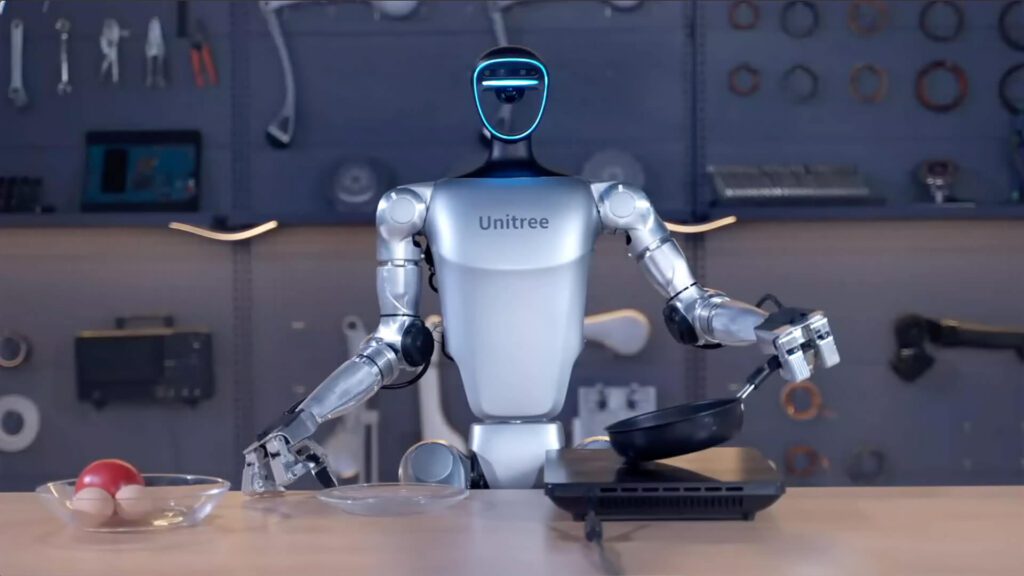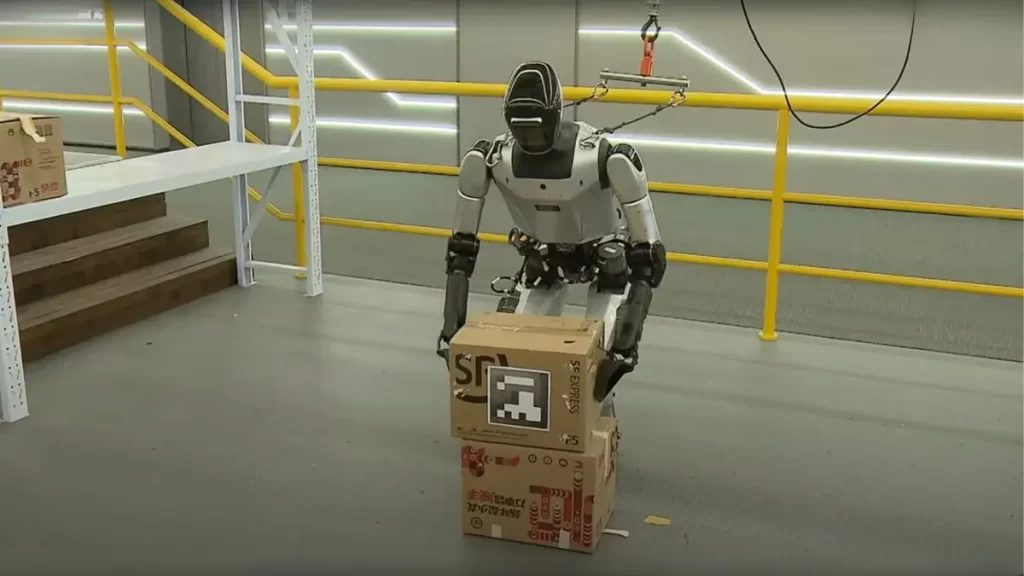
Introduction
Humanoid robots are no longer the stuff of science fiction; they are rapidly becoming an integral part of our present and future. With significant advancements in artificial intelligence, machine learning, and robotics, humanoid robots are poised to revolutionize multiple industries. By 2026, experts predict that humanoid robots will be assisting in households with daily chores such as laundry, vacuuming, and dishwashing. By 2040, estimates suggest there could be as many as 10 billion humanoid robots operating globally across all economic sectors, fundamentally altering the labor landscape.
This article explores the current state of humanoid robotics, the major players driving innovation, their economic implications, and the long-term impact of humanoid robots on society.
The Future of Humanoid Robotics
According to futurist and investor Peter Diamandis, humanoid robots will soon be as common as smartphones. The affordability of these robots is expected to make them accessible to businesses and households alike. Diamandis argues that leasing a humanoid robot could cost as little as leasing a car. A $30,000 robot, for example, might have a monthly lease cost of approximately $300, which translates to about $10 per day or $0.40 per hour. Such affordability could lead to widespread adoption, reshaping industries ranging from domestic labor to commercial applications.
Today, most humanoid robots are designed for industrial and logistical applications, such as warehousing, supply chain management, and automated manufacturing. Companies like Agility Robotics have already deployed robots in paying roles, while Figure AI has recently unveiled its latest humanoid model, Figure 02. However, the future promises much broader applications, including:
- Healthcare: Assisting elderly individuals, performing medical diagnostics, and even conducting minor medical procedures.
- Retail and Service Industry: Providing customer service, restocking shelves, and performing security functions.
- Urban and Public Spaces: Autonomous maintenance, policing, and sanitation.
- Entertainment and Personal Assistance: Acting as companions, assistants, or even educators.
With these applications, humanoid robots are expected to drive a paradigm shift in how work is performed across different sectors.
Market Growth and Economic Impact
The Economic Potential
The humanoid robot industry is expected to be a significant driver of economic growth. Market analysis firms predict that humanoid robotics will generate billions in revenue in the coming decades.
- Goldman Sachs projects that the humanoid robot market will reach $38 billion by 2035.
- Ark Invest suggests that the broader economic impact of humanoid robots could exceed $24 trillion, depending on their level of workforce integration.
These numbers illustrate the transformative economic potential of humanoid robots. However, there is considerable debate over their future roles in the workforce. Some analysts believe that robots will complement human labor rather than replace it, while others argue that widespread automation could disrupt traditional employment structures.
The Automation Debate
Brett Adcock, CEO of Figure AI, highlights a key economic consideration: approximately 50% of the world’s Gross Domestic Product (GDP) is dedicated to human labor. This amounts to a $40 trillion market, making labor costs one of the most significant expenses for businesses globally.
If humanoid robots can replace or augment human labor at a fraction of the cost, businesses stand to benefit immensely. However, the impact on employment is less clear. While some industries will see job displacement, new roles in robot maintenance, AI training, and oversight could emerge, balancing the workforce shifts.
Leading Companies in Humanoid Robotics

A number of companies are leading the charge in humanoid robotics. Below are 16 of the most notable players in the field, along with their flagship humanoid robot models:
- Tesla – Optimus
- Figure AI – Figure 02
- Agility Robotics – Digit
- Boston Dynamics – Atlas
- Unitree Robotics – H1, G1
- 1X Technologies – NEO
- Agibot – Yuanzheng A2
- Apptronik – Apollo
- Beijing HRIC – Tiangong
- EngineAI – SE01
- Engineered Arts – Ameca
- Fourier Intelligence – GR-2
- Kepler Robotics – Forerunner K2
- Robot Era – Star1
- Sanctuary AI – Phoenix
- Xpeng Robotics – [Model Name]
Each of these companies is pushing the boundaries of humanoid robotics, developing more advanced, versatile, and economically viable robots.
Geographic Distribution of Robotics Companies
The majority of leading humanoid robotics manufacturers are based in the United States and China, reflecting the dominance of these two nations in AI and automation research:
- United States (6 companies): Tesla, Figure AI, Agility Robotics, Boston Dynamics, 1X Technologies, Apptronik
- China (8 companies): Unitree Robotics, Agibot, Beijing HRIC, EngineAI, Fourier Intelligence, Kepler Robotics, Robot Era, Xpeng Robotics
- United Kingdom (1 company): Engineered Arts
- Canada (1 company): Sanctuary AI
Notably, there are no major humanoid robotics companies based in the European Union, South America, or Africa at present, which raises questions about global competitiveness in this emerging field.
The Race to Dominate Humanoid Robotics
The battle for leadership in humanoid robotics is not just a technological contest—it is also a major economic and geopolitical struggle. The countries and companies that master humanoid robotics first will have a significant strategic advantage, as this technology will redefine labor, economic production, and national security.
Potential Global Impact
- Economic and Financial Levels: Countries with a strong humanoid robotics sector will see reduced labor costs and an expanded workforce, making them highly competitive in global markets.
- Social and Ethical Levels: The integration of humanoid robots into daily life raises important questions about job displacement, ethics, and societal adaptation.
- Military and Defense Levels: Advanced humanoid robots could also have military applications, similar to the increasing use of AI-driven drones and automated defense systems in modern conflicts.
Conclusion
Humanoid robots are set to transform the world, with widespread implications across industries, economies, and societies. With advancements in AI, robotics, and automation accelerating at an unprecedented pace, the coming decades will determine which companies and countries emerge as leaders in this revolutionary field.
As humanoid robots become increasingly integrated into daily life, the global workforce will need to adapt, new policies will need to be formulated, and society will have to navigate the ethical and economic challenges that arise. The race to develop and deploy humanoid robots is not just about technological progress—it is about shaping the very fabric of the future.


